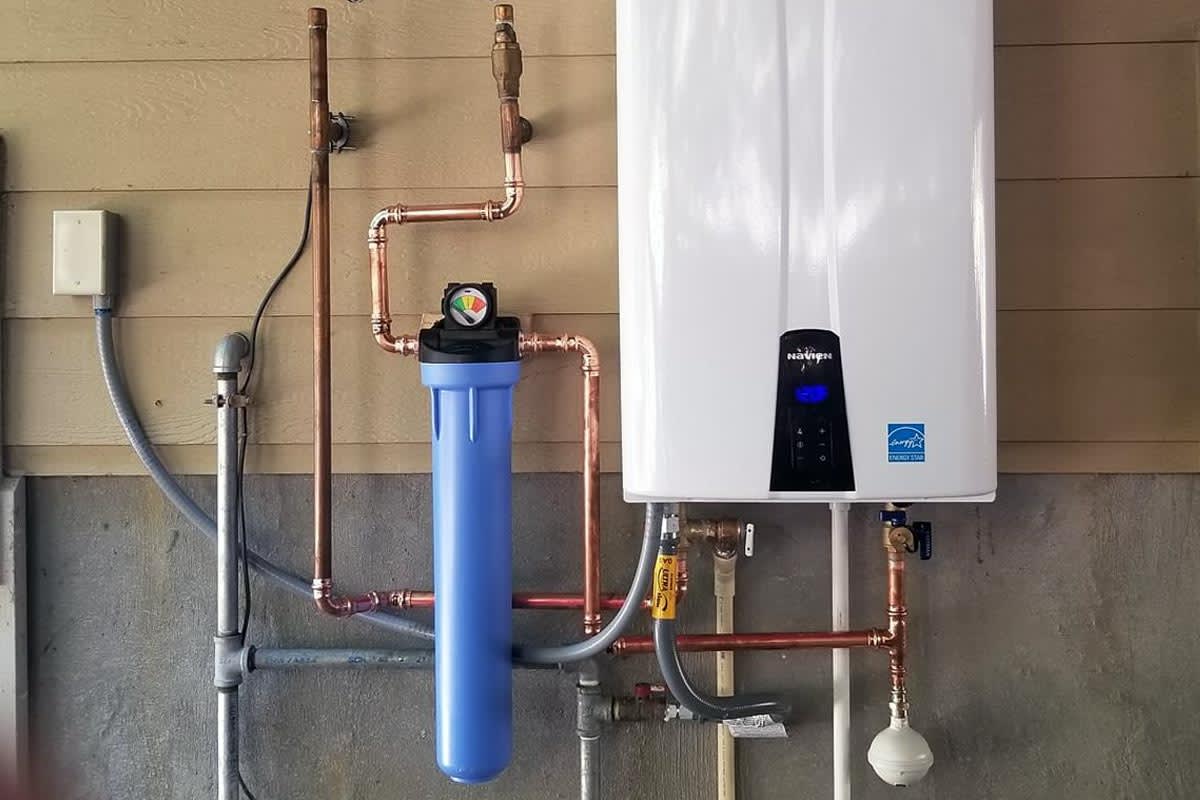Effective Methods to Care for Your Home's Hot Water System Successfully
Effective Methods to Care for Your Home's Hot Water System Successfully
Blog Article
They are making a few great observations regarding How to Maintain Your Water Heater & Prolong its Life in general in the article following next.

Warm water is necessary for day-to-day convenience, whether it's for a refreshing shower or washing meals. To ensure your hot water system runs efficiently and lasts longer, regular maintenance is vital. This write-up provides useful ideas and understandings on just how to maintain your home's hot water system to avoid disruptions and pricey repairs.
Introduction
Preserving your home's warm water system may appear challenging, yet with a couple of easy actions, you can ensure it runs smoothly for many years to find. This overview covers everything from recognizing your hot water system to DIY upkeep tips and understanding when to call professional assistance.
Relevance of Keeping Your Warm Water System
Regular maintenance not just expands the life-span of your warm water system but likewise ensures it runs successfully. Overlooking upkeep can result in lowered performance, greater energy bills, and even premature failure of the system.
Indications Your Warm Water System Demands Upkeep
Knowing when your warm water system needs attention can avoid major problems. Watch out for indicators such as irregular water temperature level, weird sounds from the heater, or corroded water.
Purging the Hot Water Heater
Flushing your hot water heater removes sediment buildup, improving effectiveness and extending its life.
Checking and Replacing Anode Rods
Anode rods prevent deterioration inside the container. Checking and replacing them when worn out is essential.
Complex Concerns Requiring Specialist Assistance
Instances consist of major leakages, electrical problems, or if your hot water heater is regularly underperforming.
Routine Expert Maintenance Advantages
Specialist maintenance can include comprehensive examinations, tune-ups, and guaranteeing compliance with safety requirements.
Checking and Readjusting Temperature Level Settings
Changing the temperature level setups makes certain optimum efficiency and security.
DIY Tips for Maintenance
You can carry out a number of maintenance tasks on your own to maintain your warm water system in leading problem.
Checking for Leaks
On a regular basis examine pipes and connections for leakages, as these can bring about water damages and greater expenses.
Comprehending Your Hot Water System
Before diving into maintenance jobs, it's valuable to comprehend the basic parts of your warm water system. Normally, this includes the water heater itself, pipelines, anode poles, and temperature level controls.
Month-to-month Upkeep Tasks
Routine monthly checks can aid catch minor issues before they rise.
Testing Pressure Alleviation Valves
Checking the pressure safety valve ensures it functions correctly and prevents excessive pressure buildup.
Shielding Pipelines
Shielding hot water pipes reduces warmth loss and can conserve power.
When to Call a Professional
While do it yourself upkeep is useful, some issues call for specialist proficiency.
Conclusion
Normal upkeep of your home's warm water system is necessary for performance, long life, and cost financial savings. By following these tips and recognizing when to look for expert aid, you can make certain a trustworthy supply of hot water without unexpected disruptions.
How to Maintain an Instant Hot Water Heater
Before tinkering with your hot water heater, make sure that it’s not powered on. You also have to turn off the main circuit breaker and shut off the main gas line to prevent accidents. Also turn off the water valves connected to your unit to prevent water from flowing into and out of the appliance. 2. When you’re done, you have to detach the purge valves’ caps. These look like the letter “T†and are situated on either side of the water valves. Doing so will release any pressure that has accumulated inside the valves while at the same time avoid hot water from shooting out and burning your skin. 3. When the purge valves’ caps are removed, you have to connect your hosing lines to the valves. Your unit should have come with three hoses but if it didn’t, you can purchase these things from any hardware or home repair shops. You can also get them from retail stores that sell water heating systems. Read the user’s manual and follow it to complete this task properly. When the hosing lines are connected, open the purge port’s valves. 4. You should never use harsh chemical cleaners or solutions when cleaning your unit. Make use of white vinegar instead. It should be undiluted and you’ll probably use about 2 gallons. 5. Now flush your water heater. This task should probably take about 40 minutes. We can’t give you specific directions for this because the procedure is carried out depending on the type, model and brand of your heater. With that being said, refer to the user’s manual. 6. When you’re done draining the unit, you have to turn off the purge port valves again. Remove the hosing lines that you earlier installed on each of the water valves. Put the valve caps (purge port) back in their respective places and be very careful so as not to damage the rubber discs that are found inside these caps. 7. Now that everything’s back in place, check your user’s manual again to find out how to reactivate your water heating system. 8. Once it is working, turn one of your hot water faucets on just to let air pass through the heater’s water supply pipes. Leave the tap on until water flows smoothly out of it. https://www.orrplumbing.com/blog/2014/september/how-to-maintain-an-instant-hot-water-heater/

As a passionate reader on Water Heater Maintenance Tips You Can't Afford to Forget, I was thinking sharing that chunk was necessary. Do you know about somebody else who is involved in the subject? Please feel free to promote it. We recognize the value of your readership.
Call Today Report this page